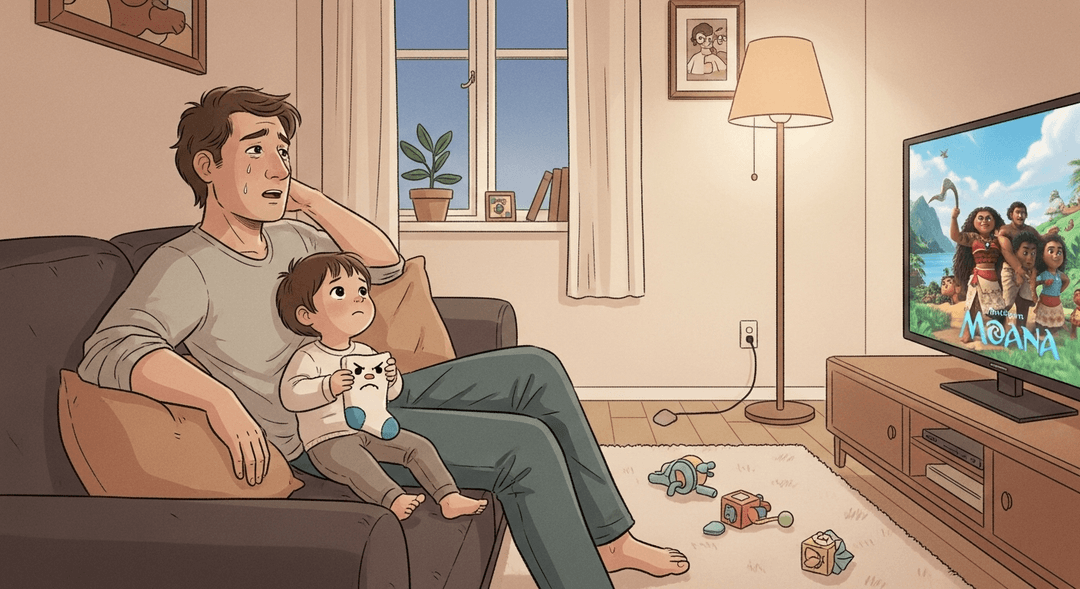Don't Be Afraid to Redefine Masculinity for Yourself
So apparently, ‘strong silent type’ doesn’t work when your kid is screaming because their sock is ‘too socky.’ If you’re tired of pretending you’ve got it all together (spoiler: none of us do), this is your permission slip to ugly-cry during Moana and admit you’re not a robot. Welcome to the dad club where feelings are not only allowed, they’re the new power tool.
Letting your guard down shows your kid that emotions aren’t scary monsters hiding under the bed—they’re just part of being a person. Modeling vulnerability helps kids develop emotional intelligence, resilience, and trust. Plus, sharing feelings (yes, even the sappy ones) reduces parental stress, boosts oxytocin (the good-feels hormone), and builds stronger, more authentic family bonds.
How to do it
-
Start by naming your own feelings out loud, even if they seem unusual. For example, you might say, “I’m feeling nervous about your first day, buddy.” This helps normalize expressing emotions.
-
Make space for your child’s big feelings as well. Focus on listening rather than trying to fix things—sometimes just being present is what matters most.
-
Swap “be tough” for “be real.” It’s okay to say things like, “I don’t know,” or “I’m sad too.” Authenticity builds trust and connection.
-
Find a dad buddy or partner to talk to when you’re feeling overwhelmed. Remember, venting is not just for exhaust pipes—sharing your feelings with another adult can be a huge relief.
-
Celebrate the little moments of honesty, even if it’s just admitting you have no idea what you’re doing. (Spoiler: none of us really do!) Recognizing these moments helps build a supportive environment for both you and your child.
Key Tips:
- Speak your feelings out loud to model openness.
- Listen without judgment or the urge to fix.
- Be honest about your own uncertainties.
- Reach out to other parents for support.
- Value honesty and vulnerability in yourself and your child.
